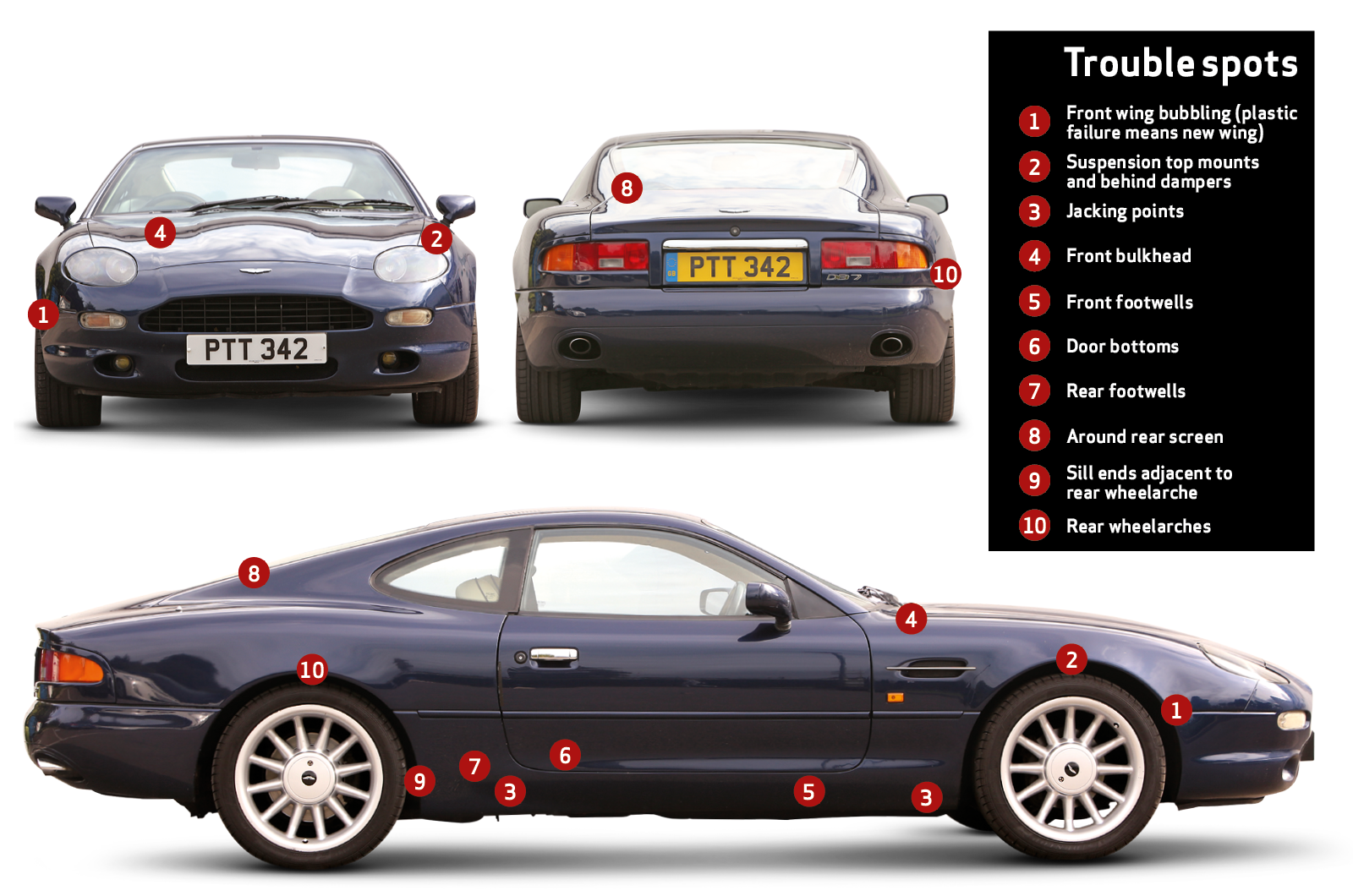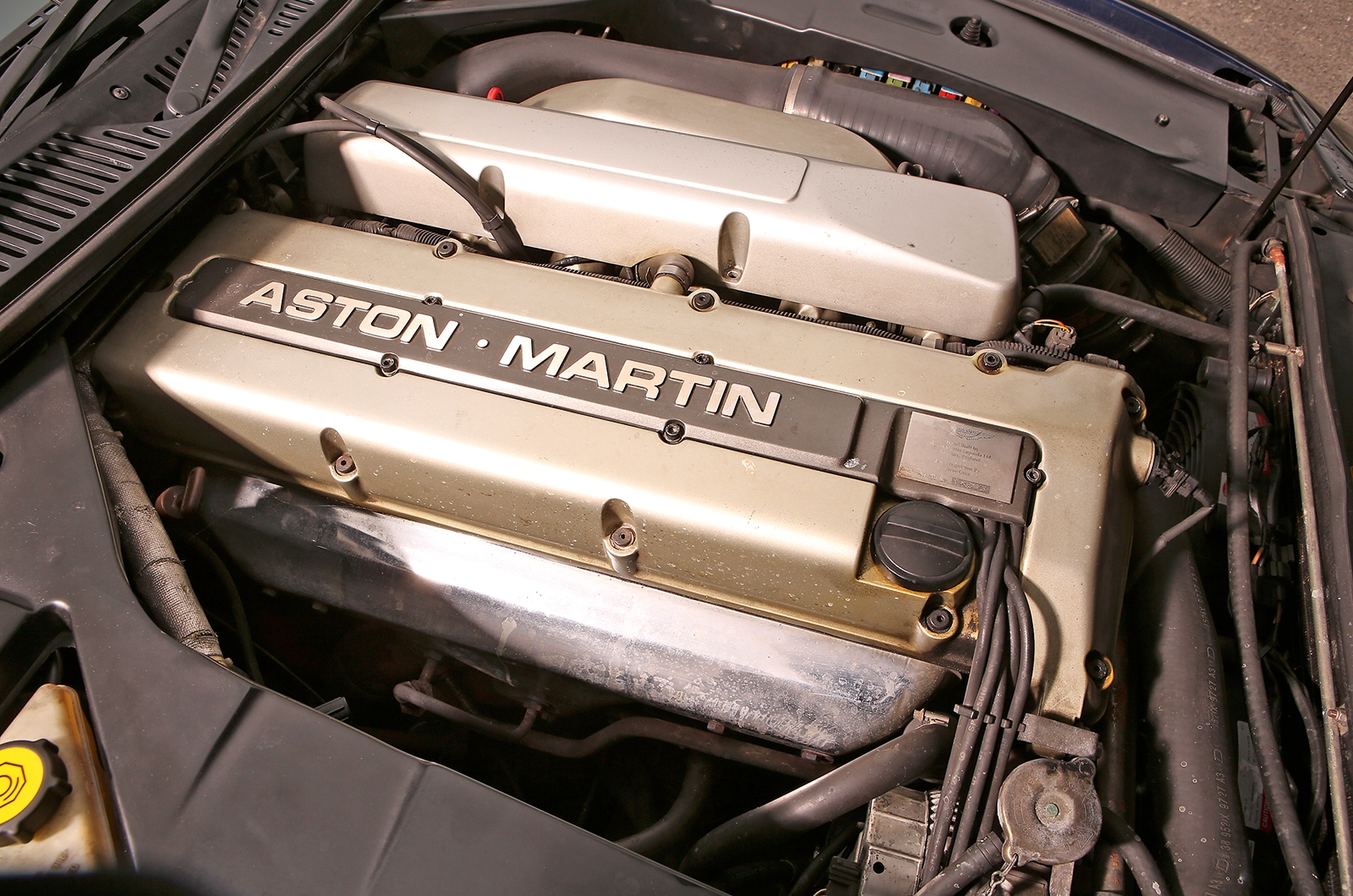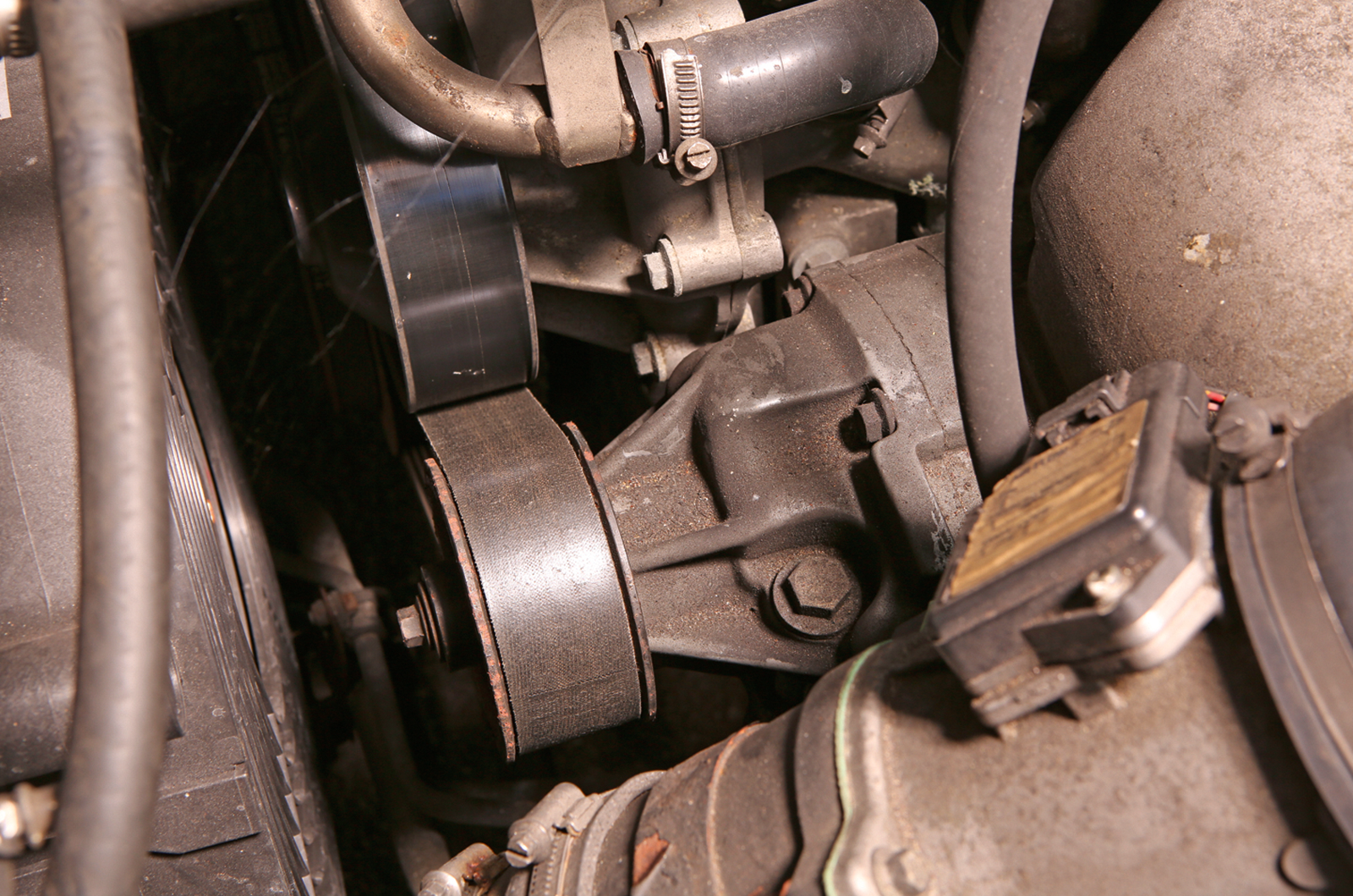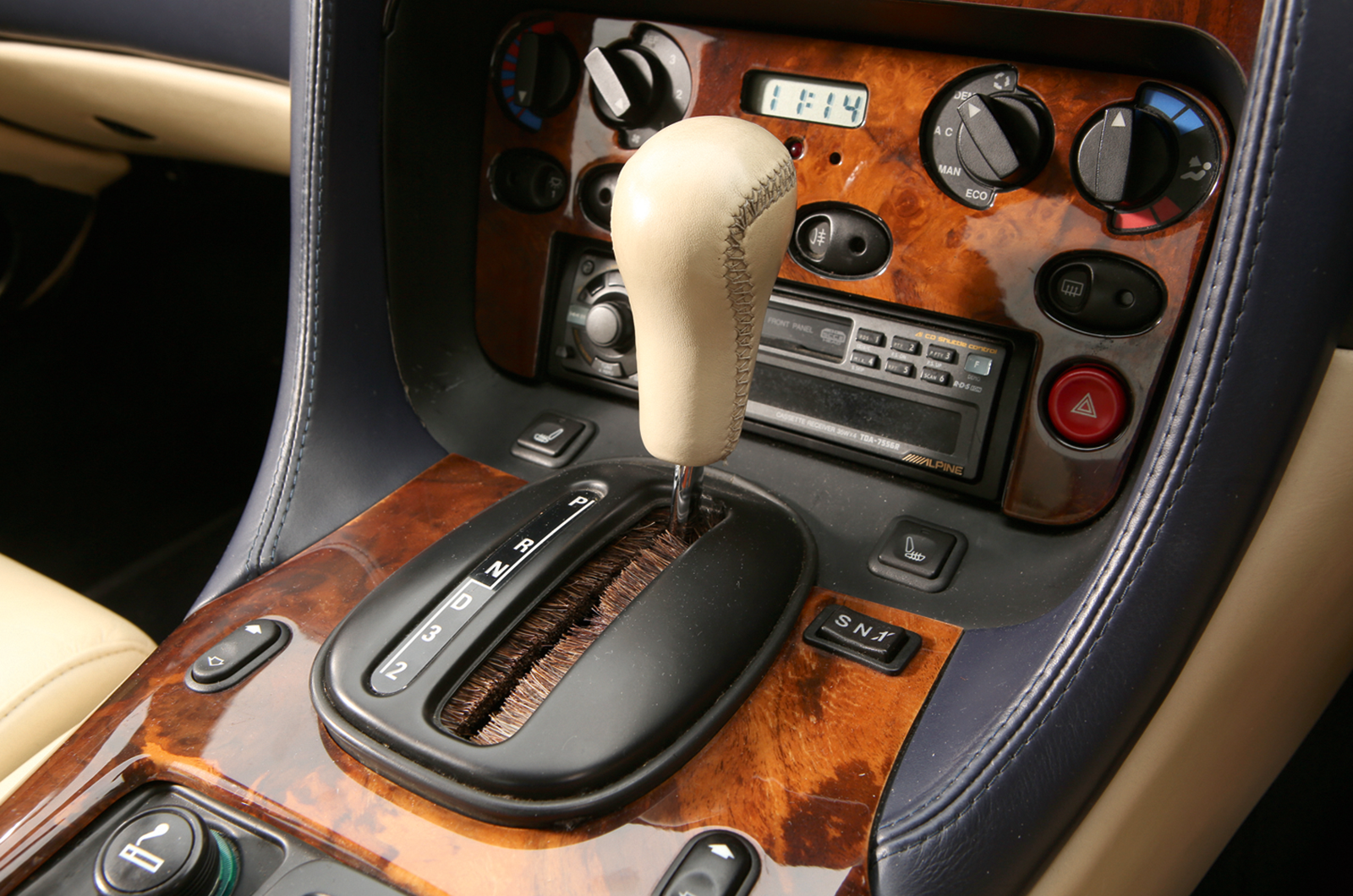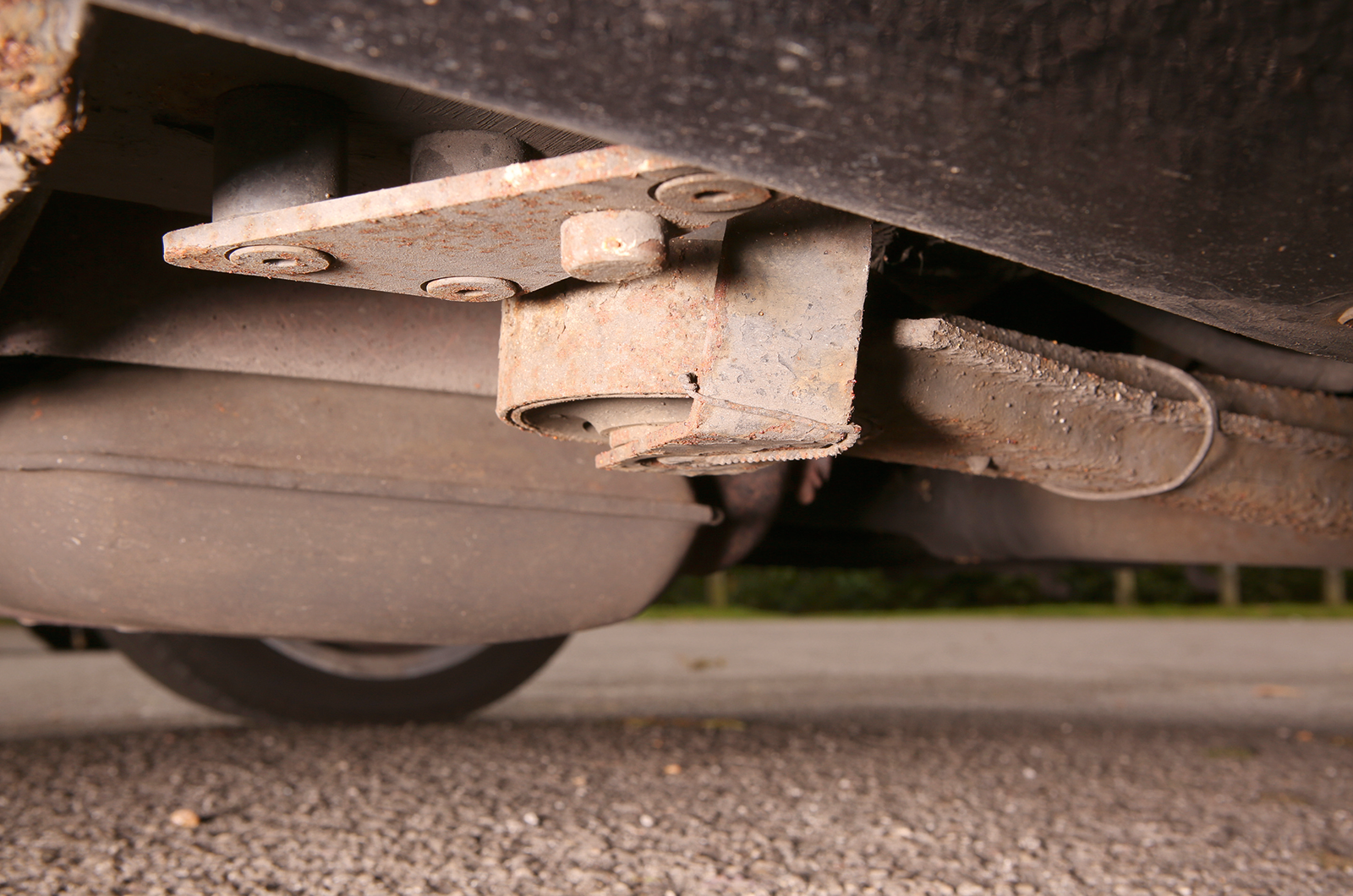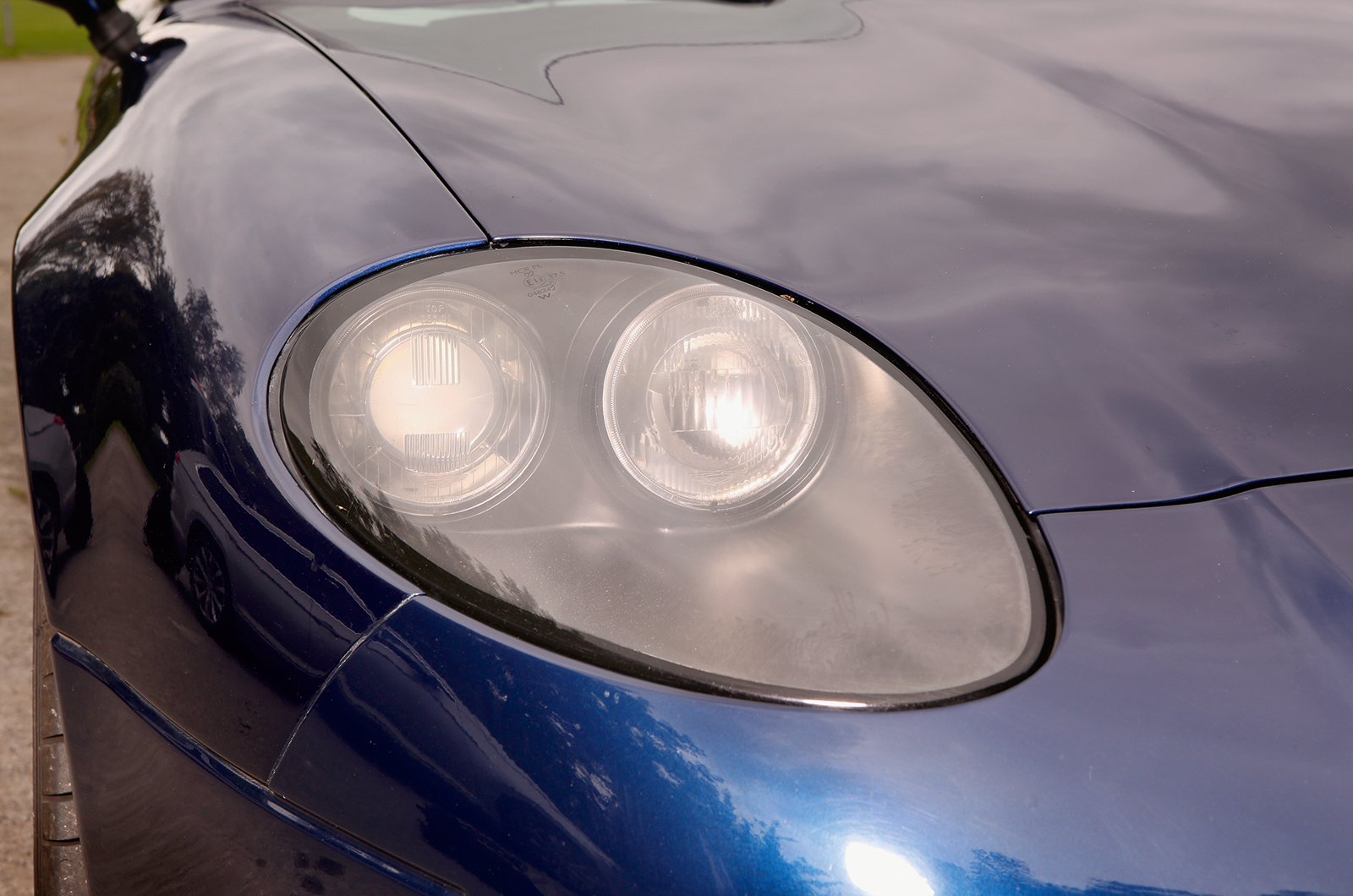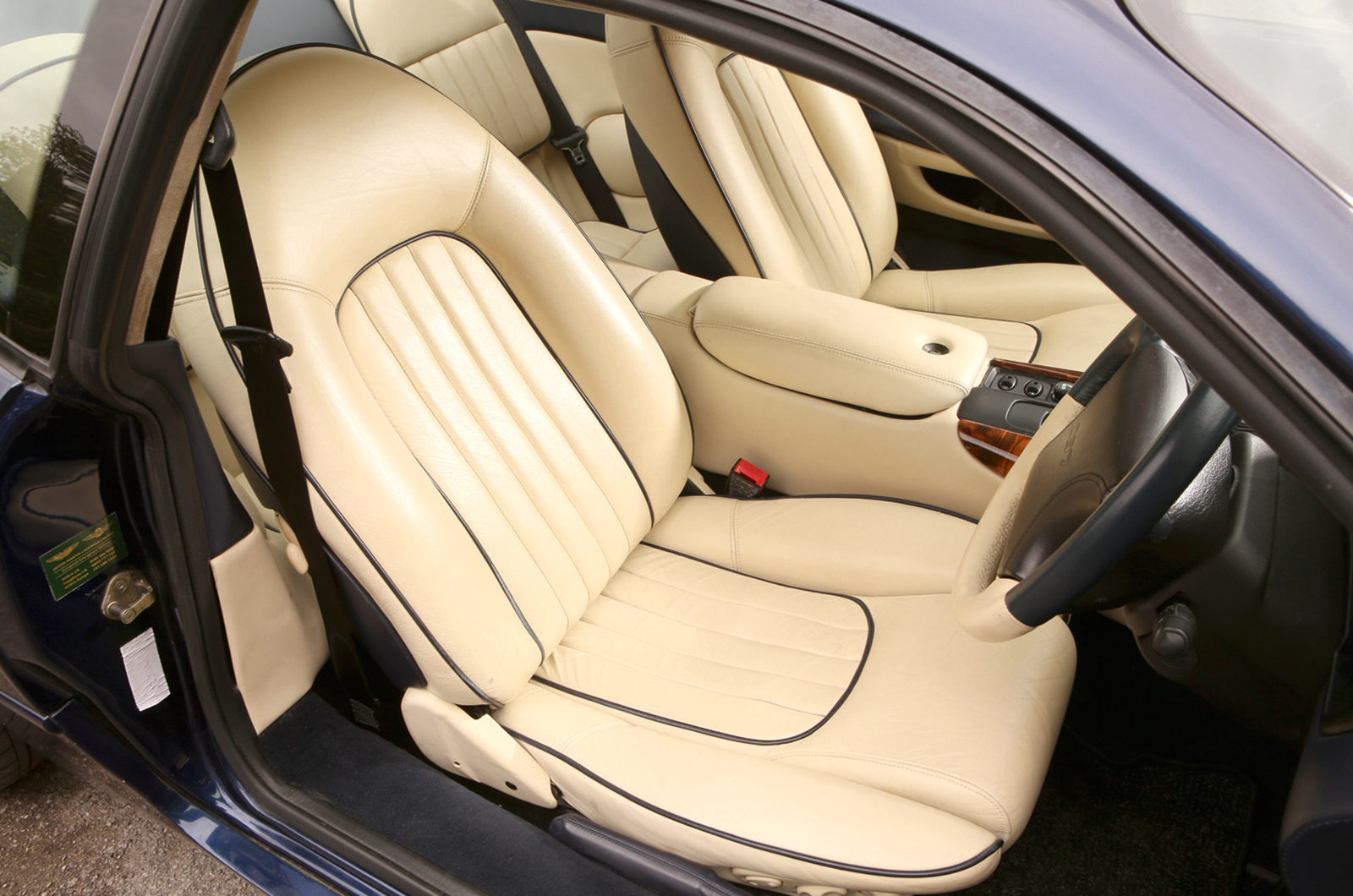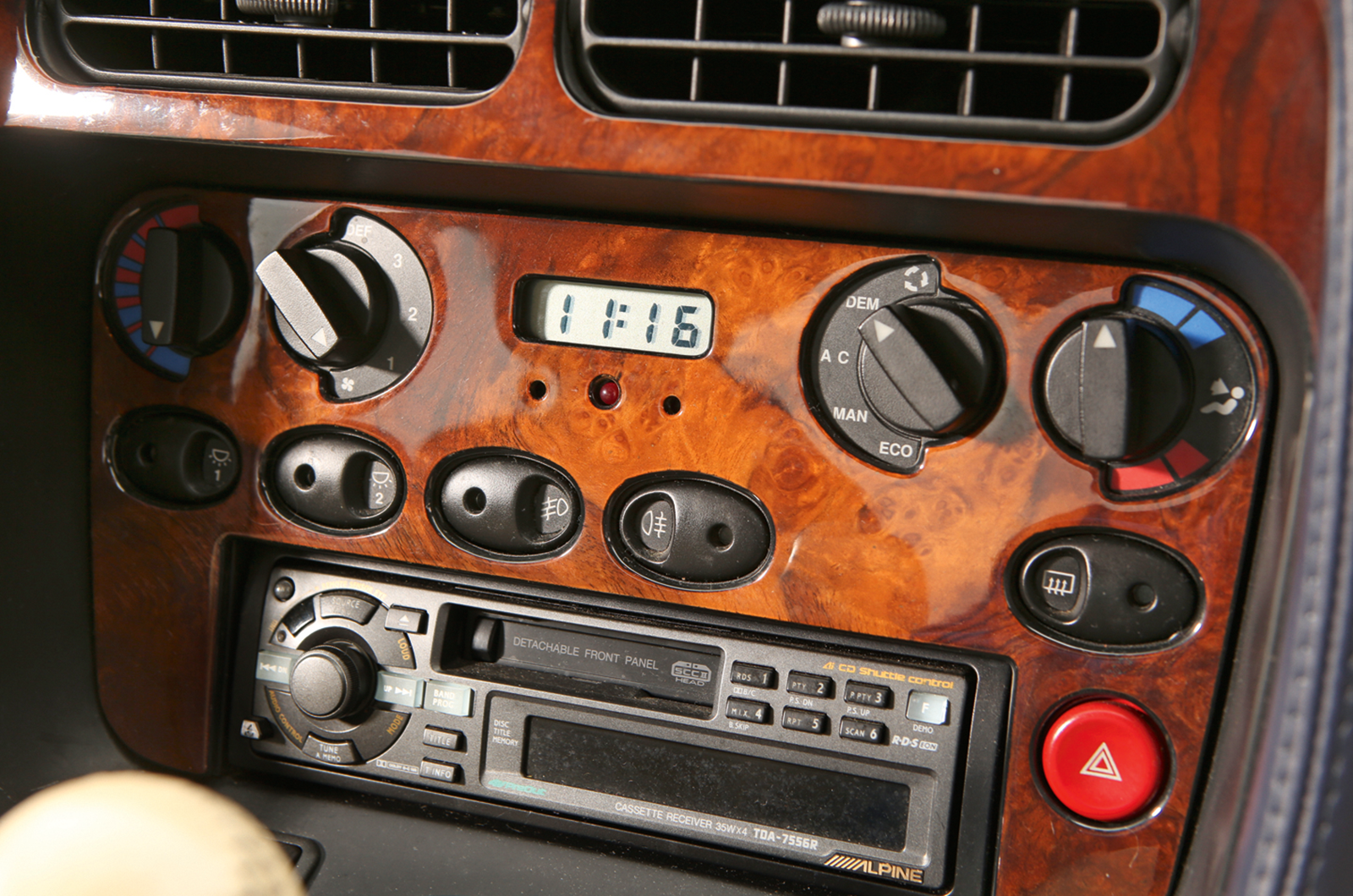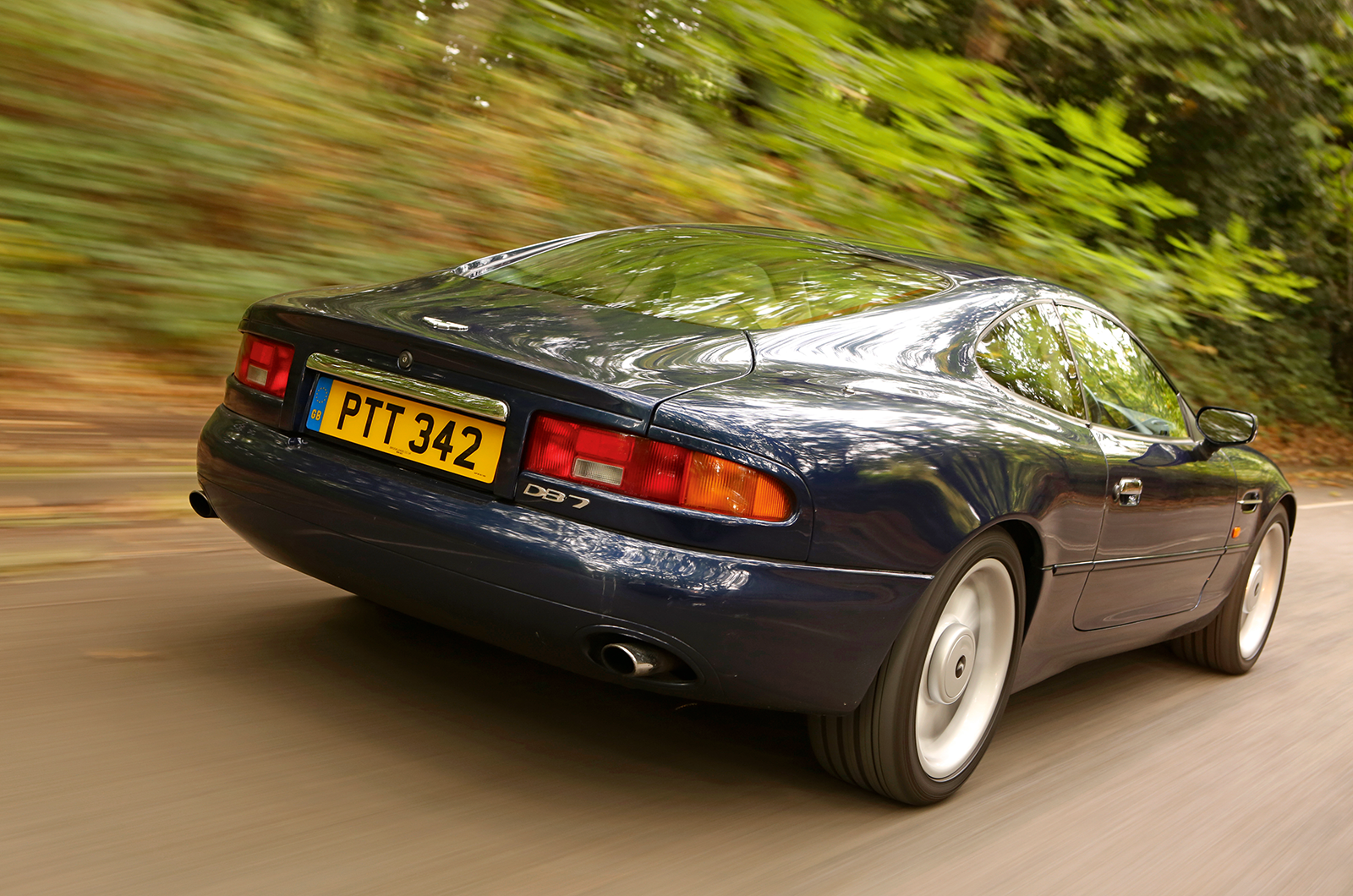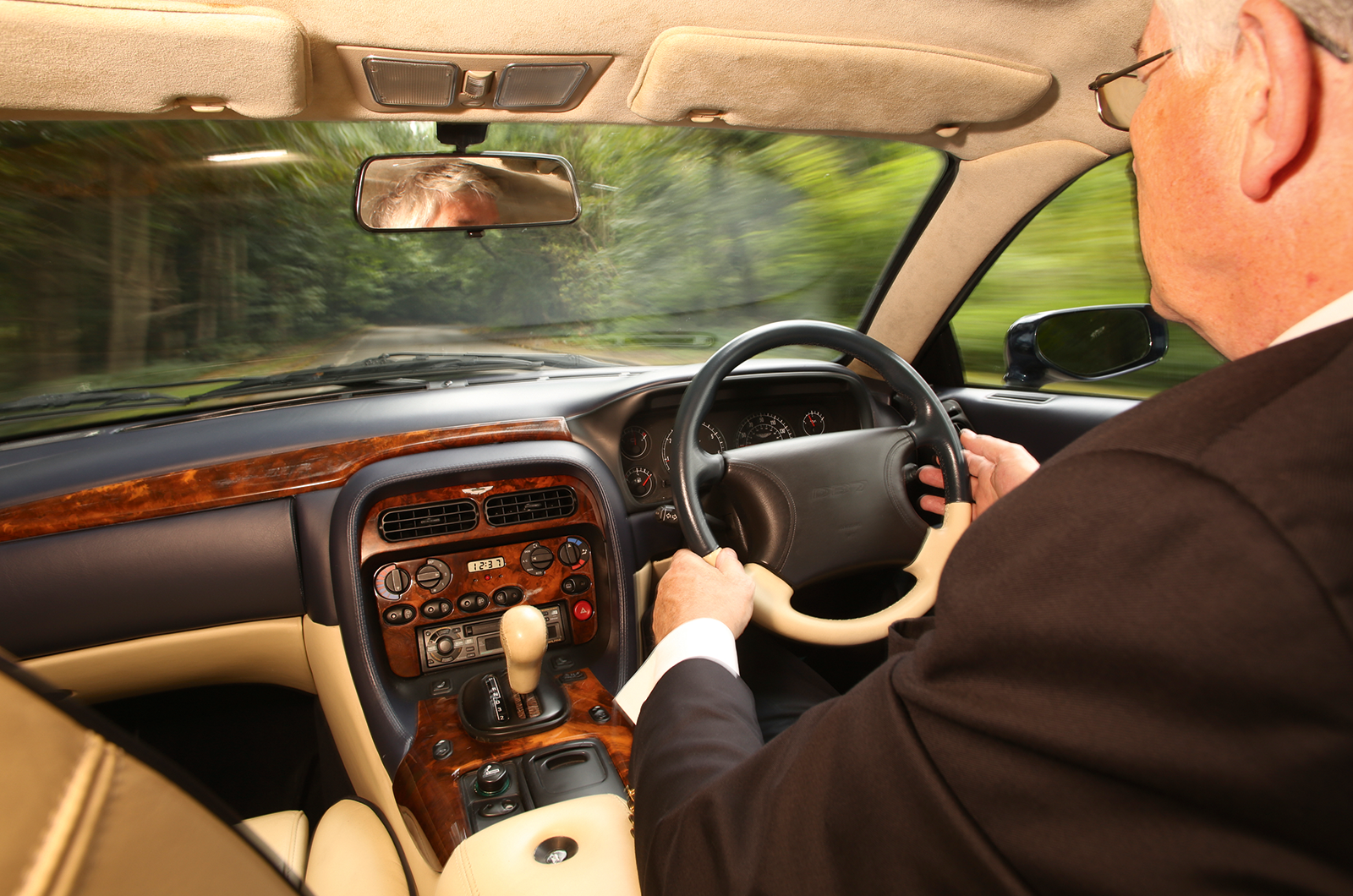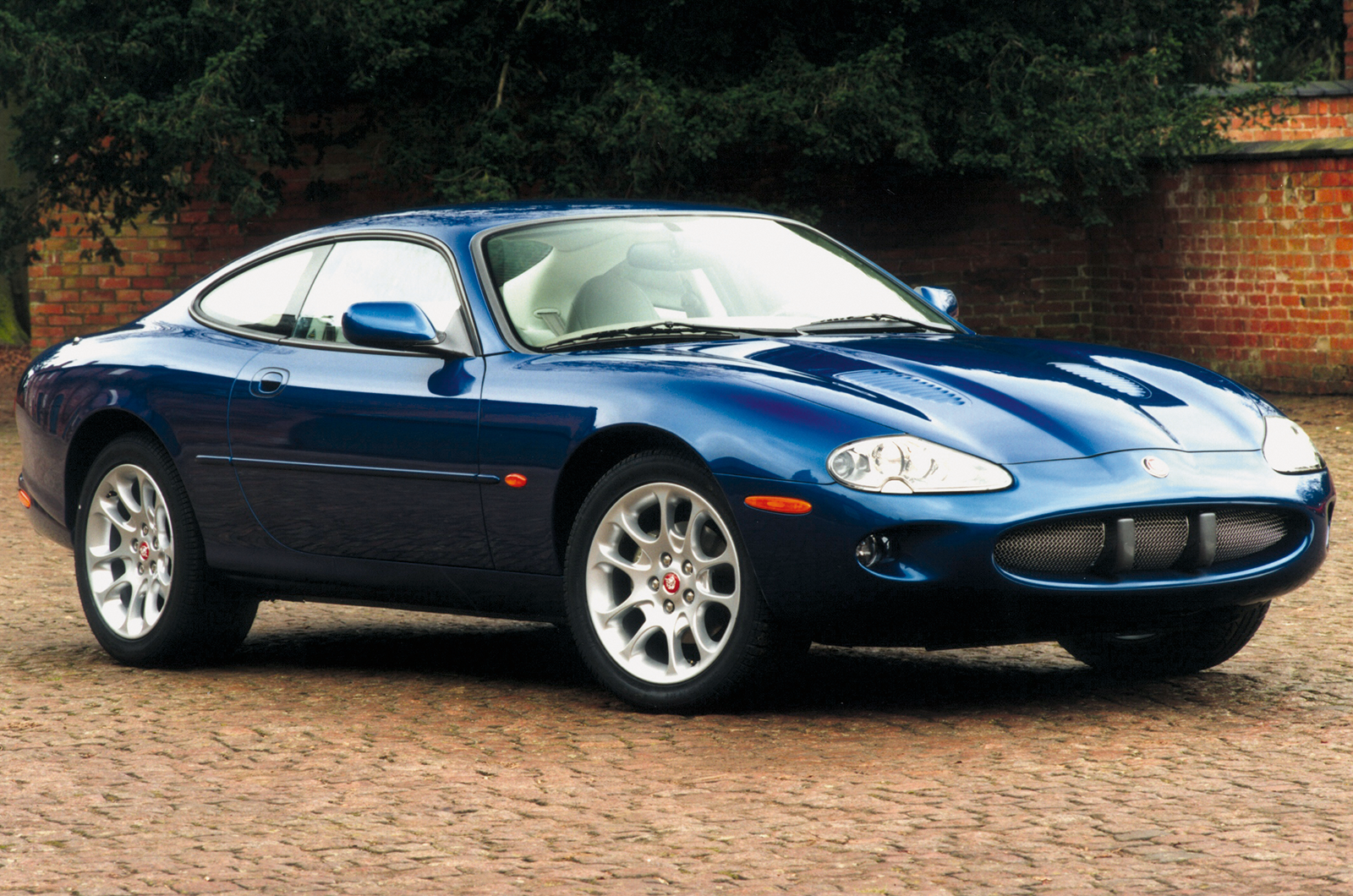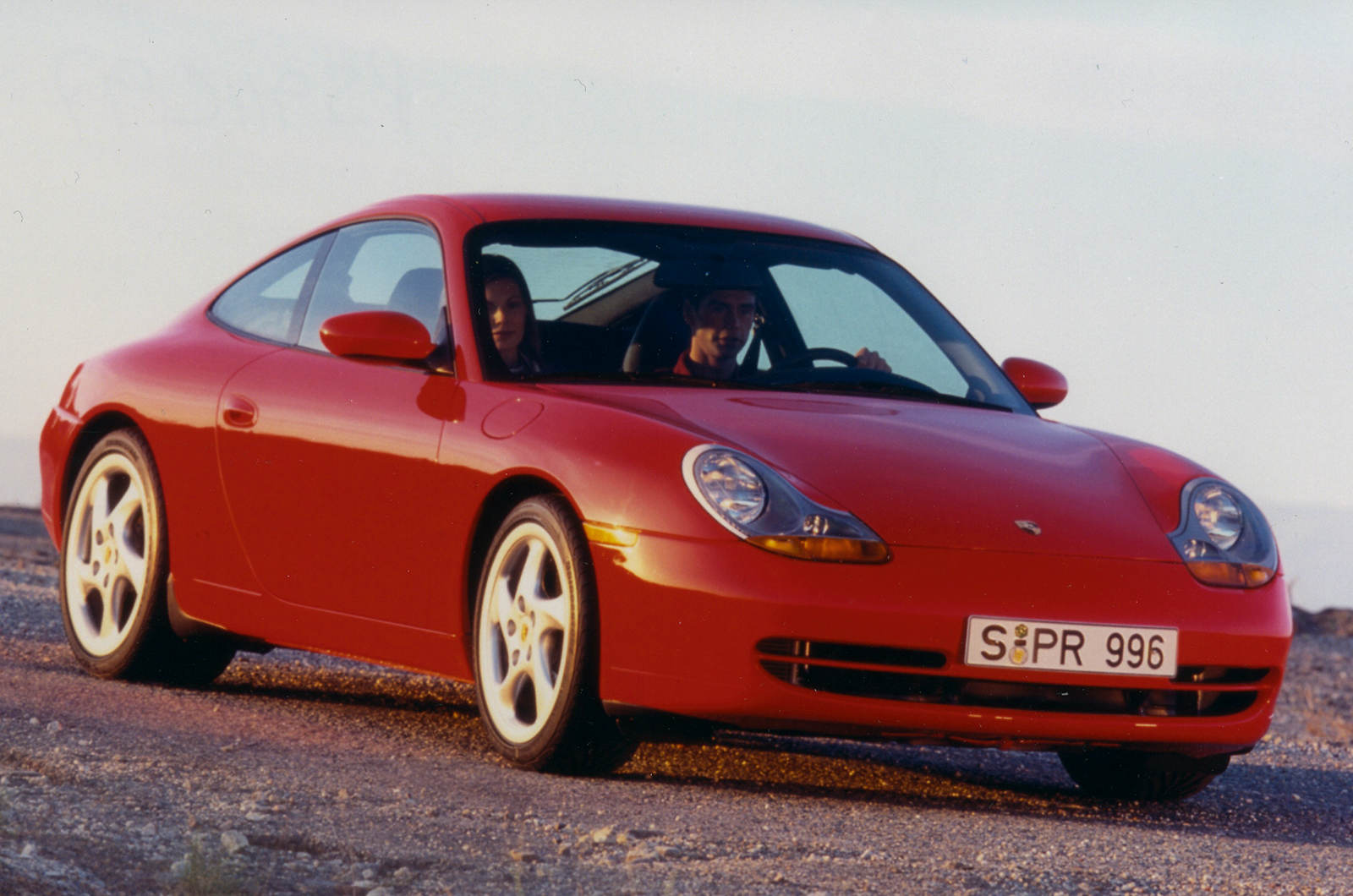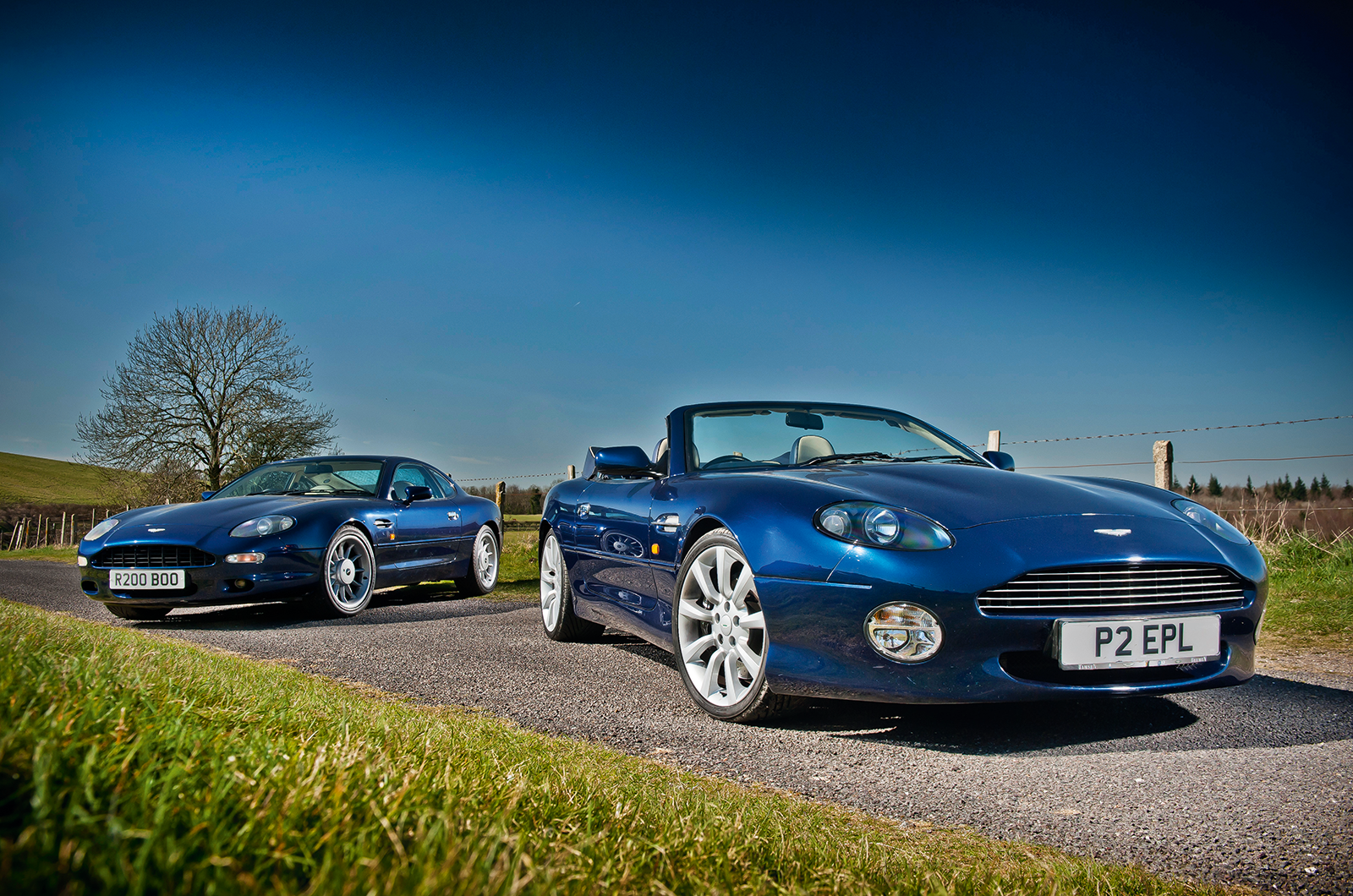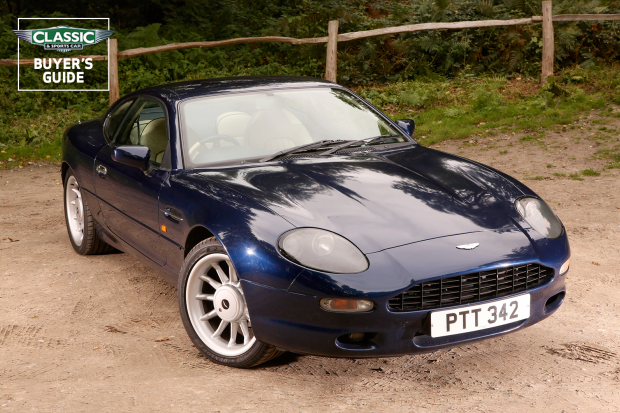
Why you’d want an Aston Martin DB7
The late, great, Walter Hayes was the saviour of Aston Martin in the early ’90s, appointed chief executive by Ford to sort out an acquisition with such tiny production lines the US giant couldn’t possibly understand it.
The DB7 was styled by Keith Helfet and Ian Callum, and engineered by Tom Walkinshaw’s TWR Group using a high proportion of parts from Jaguar, which was also owned by Ford at the time. The car was unveiled at Geneva in ’93 and in production the following year, at a factory in Bloxham where the XJ220 had been built.
TWR took the Jaguar AJ6 ‘six’ and added an Eaton supercharger to produce more power and torque than the venerable Aston 5.3 V8. With judicious use of composites in the body to keep weight down, it gave superb performance overlaid with an evocative whine.
TWR also did a tremendous job of developing what were basically XJ-S underpinnings to achieve rave reviews for handling from testers at the DB7’s launch: not bad for a set-up designed about 35 years earlier.
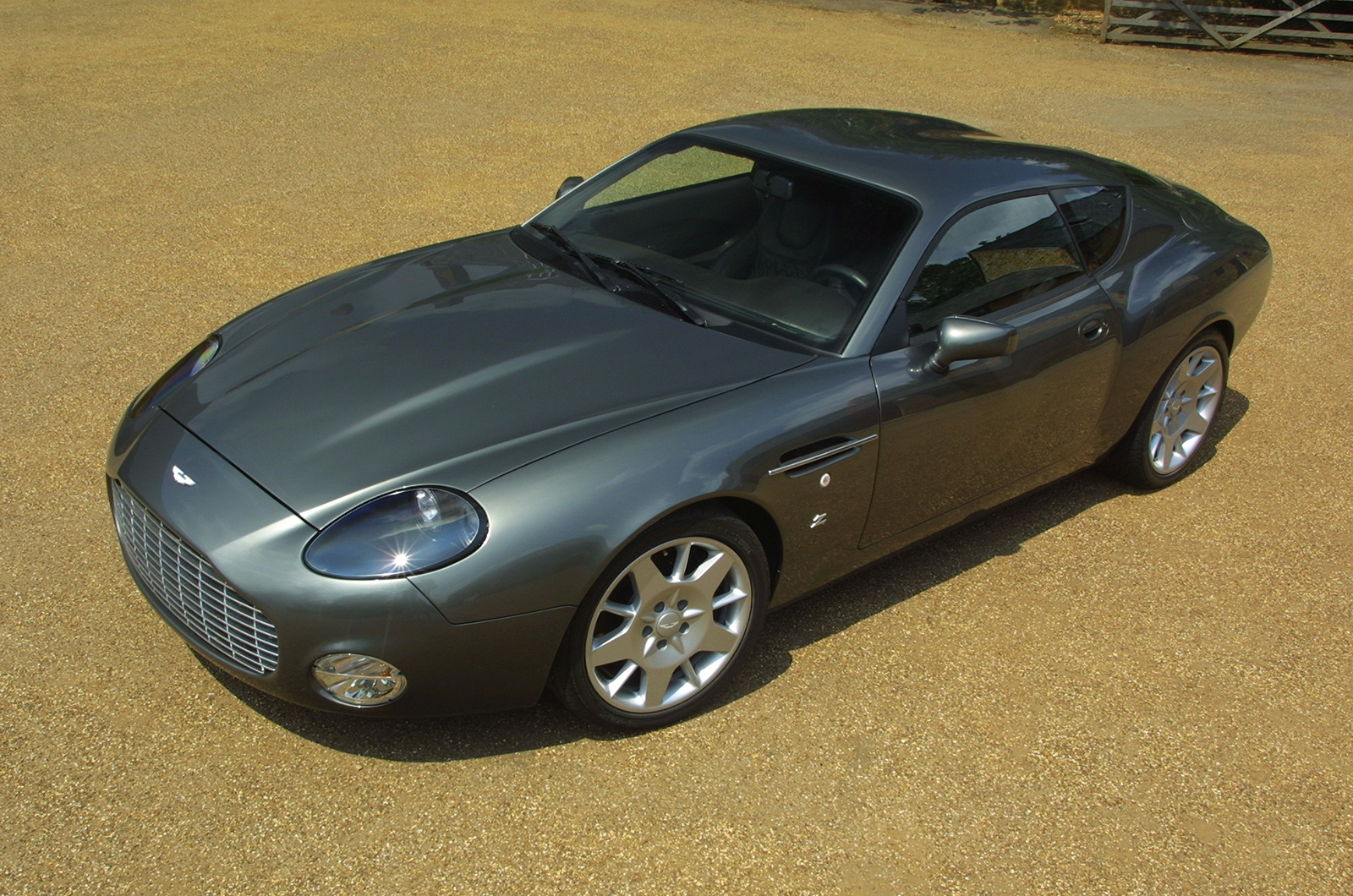
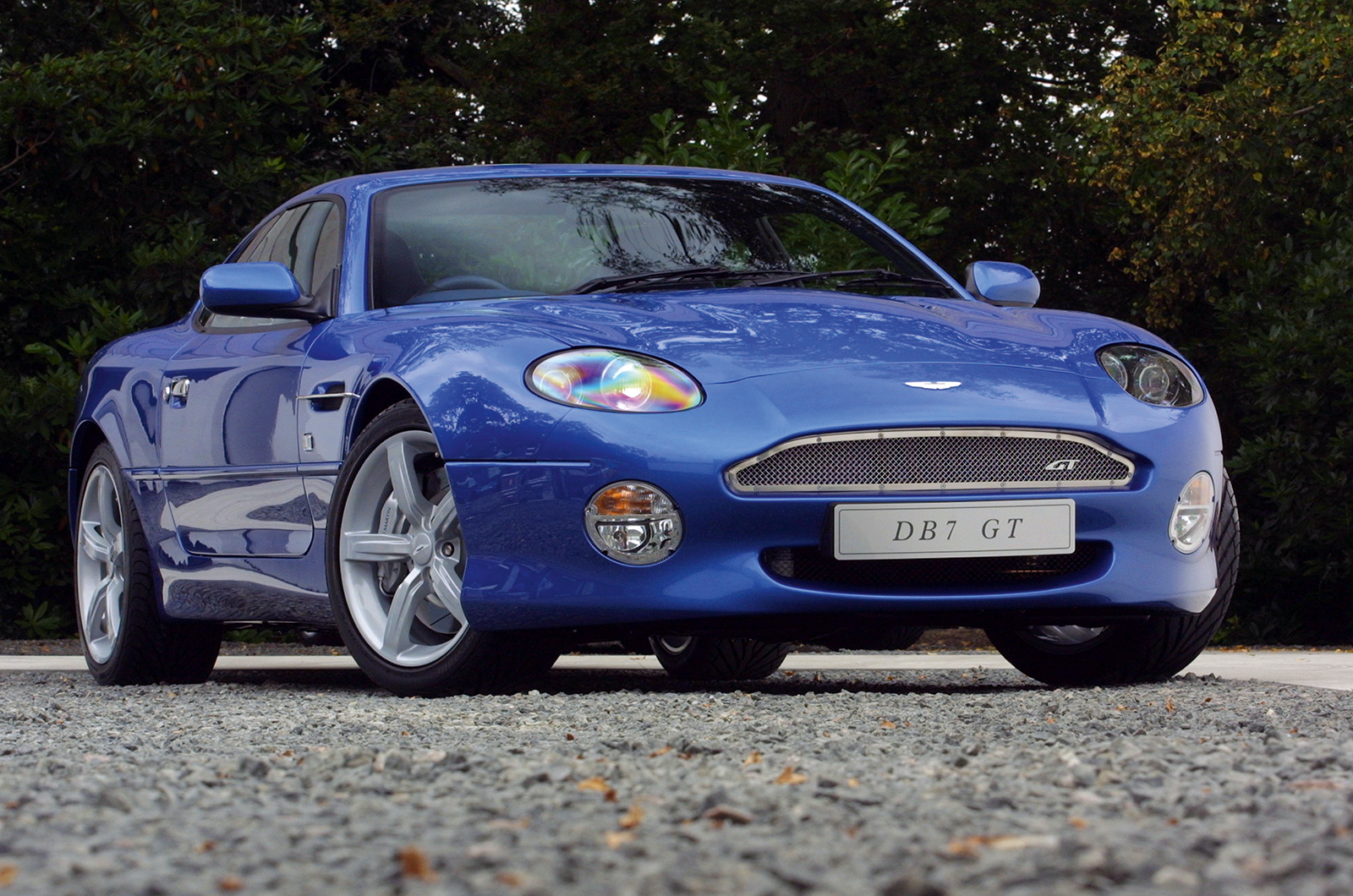
Just 100 Zagatos were built (left) while GT packed same 435bhp V12 on stiffer set-up

